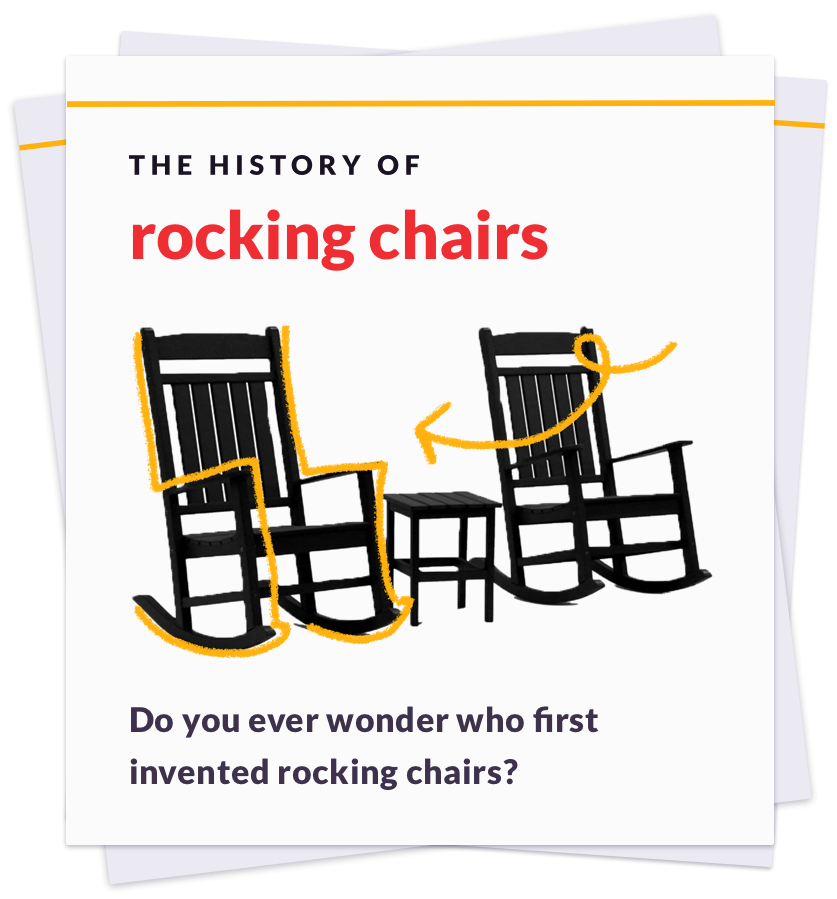Ancient Romans first coined the phrase “soda fountain” (aqua saltare) to describe naturally-occurring mineral waters that bubbled up from the Earth and were often thought to have healing properties. People in 17th century England had similar beliefs about the naturally-occurring bubbly mineral water at Malvern and would travel there to drink and bathe in the region’s mineral waters. In 1765, an Englishman named Joseph Priestly met Benjamin Franklin at a meeting of a group called the Honest Whigs. The two became friends and discussed many topics, including how to infuse and suspend carbon dioxide bubbles into still water. Building off the work of two scientists, Jan Baptista van Helmont and Joseph Black, Priestly came up with a method of creating sparkling water by first creating CO2 by mixing sulfuric acid with chalk, collecting the CO2 in a pig’s bladder, and then transferring it to an inverted water bottle and shaking the bottle until the water absorbed the gas. John Nooth, a Scottish physician, improved upon Priestly’s design by removing the pig’s bladder and instead using three glass vials stacked on top of each other. Priestly was insulted by Nooth’s assertion that the use of a pig’s bladder affected the taste of the water, but conceded that Nooth’s method was more efficient. Johann Jacob Schweppe also sought to create a better carbonation method. By 1780, he developed a crank-operated compression pump that combined CO2 gas and water in a barrel. Schweppe’s bubbly water became so popular that it was soon being shipped all over Europe. Royals like King William IV were the first fans, but by the turn of the 19th century, sparkling water was no longer just for the elite. After John Mathews invented a soda siphon that could carbonate water in large quantities, sparkling water and early forms of soda became widely available at soda fountains in most cities across Western Europe and the Americas. Today, sparkling water remains an extremely popular beverage all over the world.

Your go-to guide for weird history facts
Subscribe to the FREE daily email that makes learning about history fun.


